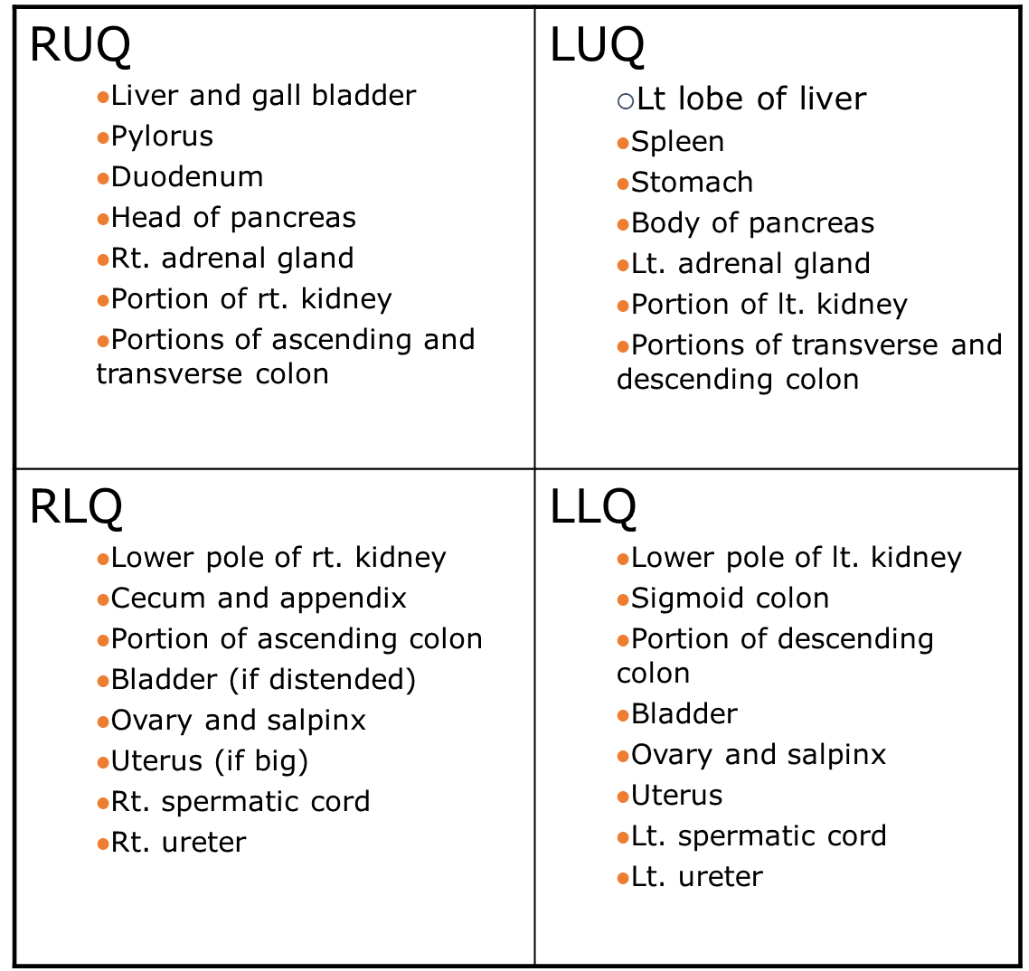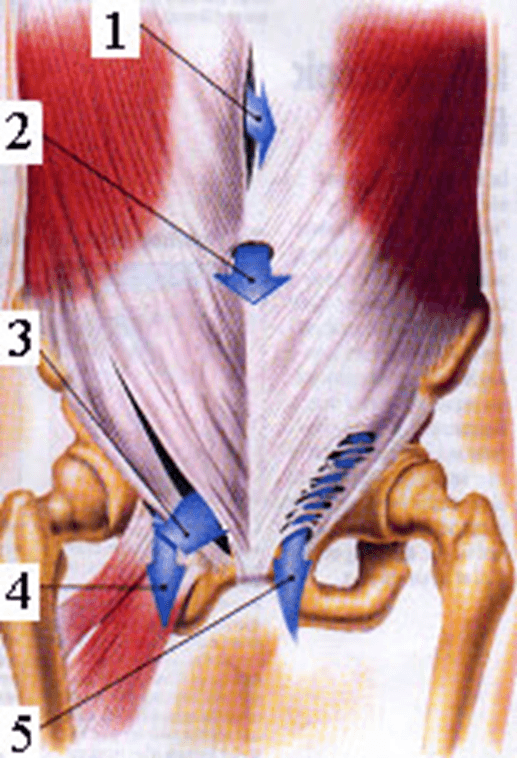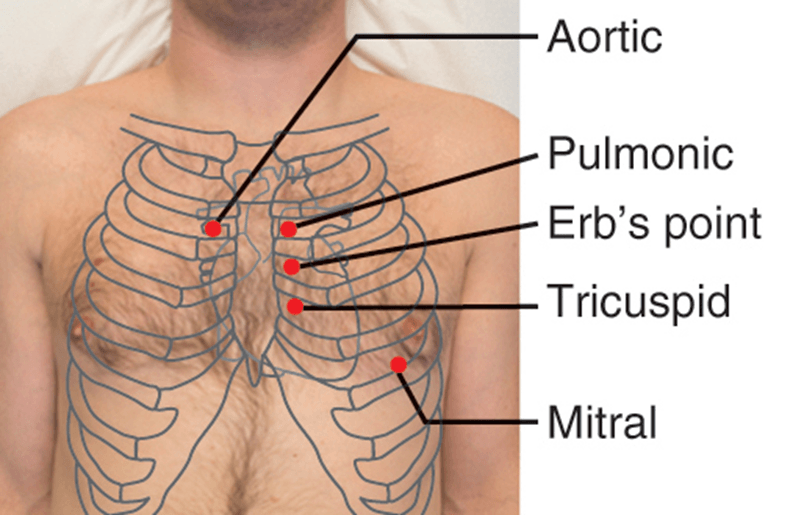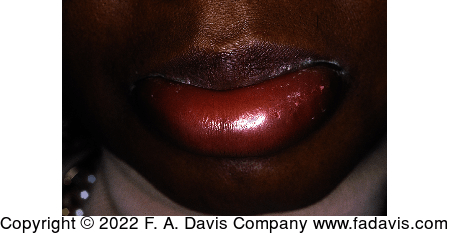List 4 types of muscle and join movements
§Eversion
§Inversion
§Dorsiflexion
§Plantar flexion
§Flexion extension
§Elevation
§Abduction
§Adduction
§Pronation
§Supination
Define them and know how to assess for each
This abnormal heart sound occurs during early diastole secondary to increased atrial pressure and dilated ventricle
What is S3
Know all 4 heart sounds, when they occur ... hint s1 and 2 are normal the other two have pathologic implications in most cases.
This abnormal nasal finding can occur due to fracture, nose picking, or anticoagulant usage
What is epistaxsis (nosebleed)
This occurs when nutritional reserves are depleted or nutrient intake is inadequate for metabolic demands
What is undernutrition
Name two organs in each abdominal Quadrant

This is directly responsible for gas exchange.
Respiratory membrane
The respiratory membrane is the anatomical site of gas exchange in the lungs. It is located in the alveoli.
You are performing a musculoskeletal assessment and ask the individual to move his right arm toward the midline of his body. You are assessing this type of movement
Adduction
Adduction is movement toward the midline. Abduction is movement away from the midline.
This extra heart sound is characterized by either
increased blood velocity, decreased blood viscosity, structural defects in valves, unusual openings in chambers
What is a murmur
Know the four components involved in describing the extra heart sounds
How would you document this finding

Exopthalmos
These are consequences of over nutrition (list 3)
•Heart disease and hypertension
•Type II diabetes
•Stroke
•Gallbladder disease
•Sleep apnea
•Certain cancers
•Osteoarthritis
Name each type of hernia 
1.Incisional hernia.
2.Umbilical hernia
3.Direct inguinal hernia
4.Fermoral hernia
5.Indirect inguinal hernia
This type of labored breathing occurs after exertion.
Dyspnea
This test is used to assess
Tinels test for carpel tunnel.
know what it means when there is tingling or pins when this test is done
In addition to family history, and personal habits, you would obtain this subjective data during a ROS cardiovascular assessment
◦Chest pain
◦Dyspnea
◦Cough
◦Fatigue
◦Edema
◦Nocturia
You are assessing the facial movement of this person and see this when this person is asked to smile. You document this as

Bell's Palsy
Why isn't this a CVA finding
cultural values, beliefs, customs,
How would you do this?
The patient states that he has pain in his RUQ after eating a fatty meal for the past month. He denies nausea and vomiting. What organ do you suspect is the source of this pain?
Gallbladder
The gallbladder is located in the right upper quadrant (RUQ). This organ contracts and releases bile into the common bile duct and the bile helps to digest fats.
Know what you are assessing for in each quadrant and abnormalities within each quadrant
You will auscultate this sound in a person with Pneumonia.
Ronchi
secretions blocking the airway
5

Name each landmark of the precordium

§Right sternal border (RSB), 2nd intercostal space (ICS) (Aortic area)
§Left sternal border (LSB), 2nd intercostal space (ICS) (Pulmonic area)
§Left sternal border (LSB), 3rd intercostal space (ICS) (Erb’s point)
§Left sternal border (LSB), 4th intercostal space (ICS) (Tricuspid valve)
§Left sternal border (LSB), 5th intercostal space (ICS) (Mitral valve)

A patient comes to the emergency room stating that he woke up this morning with swollen lips. He reports that he has just started a new medication for his allergies. This condition is known as

Angioedema
List the subjective data obtained during nutritional assessment (list 5)
Eating patterns
Usual weight
Changes in appetite, taste, smell, chewing, swallowing
Recent surgery, trauma, burns, infection
Chronic illnesses
Vomiting, diarrhea, constipation
Food allergies or intolerances
Medications or nutritional supplements
Self-care behaviors
Alcohol or illegal drug use
Exercise and activity patterns
Describe normal abdominal sounds for bowel sounds and abnormal findings for vascular sounds
hypoactive
Hyperactive
bruits
Venus hum
friction rub
Also know percussion sounds and what they indicate (tympany, hyperresonance, dullness)
A person with cyanotic fingernails may be experiencing this
Hypoxia